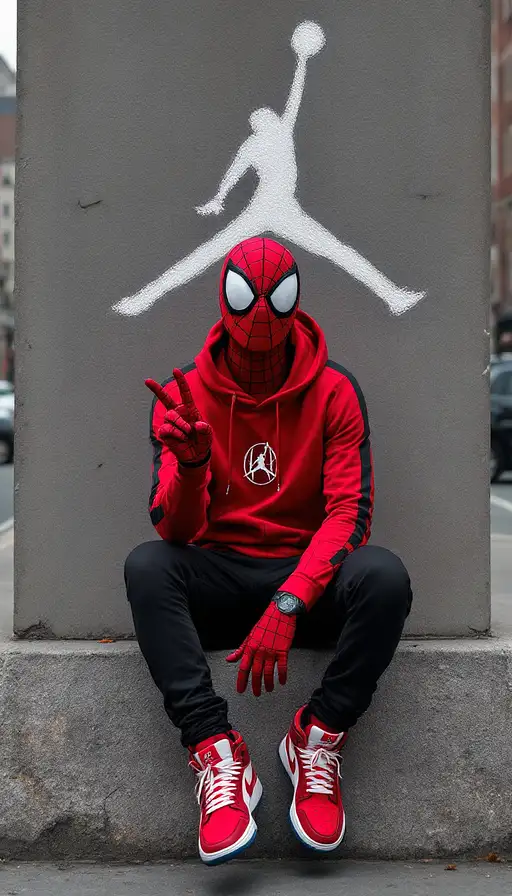9 months ago
The warrior's face is a portrait of exhaustion and determination. His features, once youthful, are now carved with the deep lines of hardship—furrowed brows, a set jaw, and eyes that burn with a quiet, unyielding fire. His dark hair, once meticulously combed, now falls in tangled strands, matted with the dirt and grime of the long journey. Strands of gray have begun to appear at his temples, silent reminders of the toll that war and wandering have taken. His eyes, though bloodshot and weary, still hold the same resolute flame, the fire of a man who has seen the darkness and refuses to let it consume him.
His boots, worn and scuffed from countless miles, leave deep impressions in the soft earth with each step. The mud clings to their soles, a constant reminder of the many obstacles he has overcome—rivers crossed, mountains scaled, forests braved, and endless stretches of barren land traversed. With each movement, his pace is slow but purposeful, the ache in his body from weeks—maybe months—of travel almost unbearable, yet he presses on.
The landscape shifts as he continues, rolling hills giving way to thick forests, the trees towering overhead, their skeletal branches bare and reaching into the cold sky. The air smells of damp earth, and the wind stirs the leaves, creating a soft rustle that blends with the occasional call of a bird or the distant movement of unseen creatures. These sounds are but a distant hum to him, his mind focused solely on the path ahead, on the kingdom he once called home, and the family and people he must return to, captured in stunning hyper-realistic detail, cinematic, hyper realism, high detail, octane render, 8k


